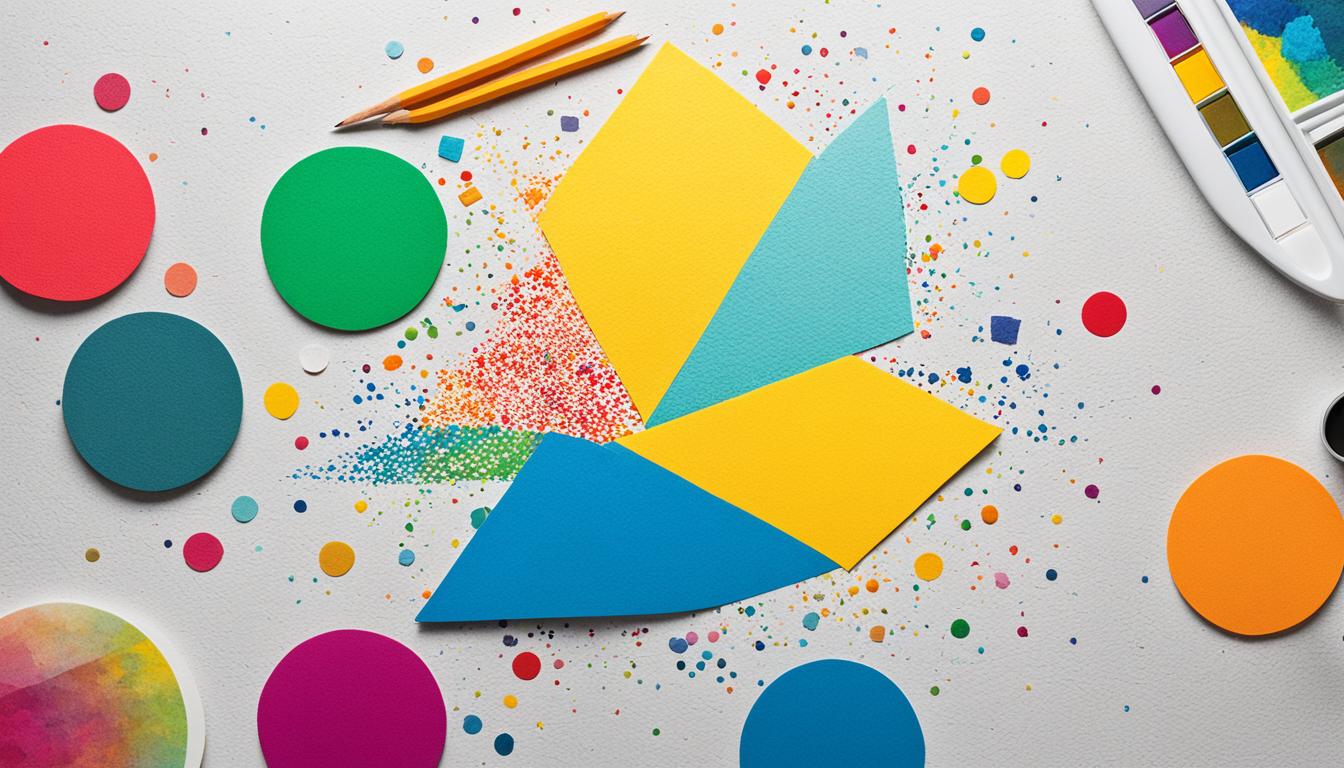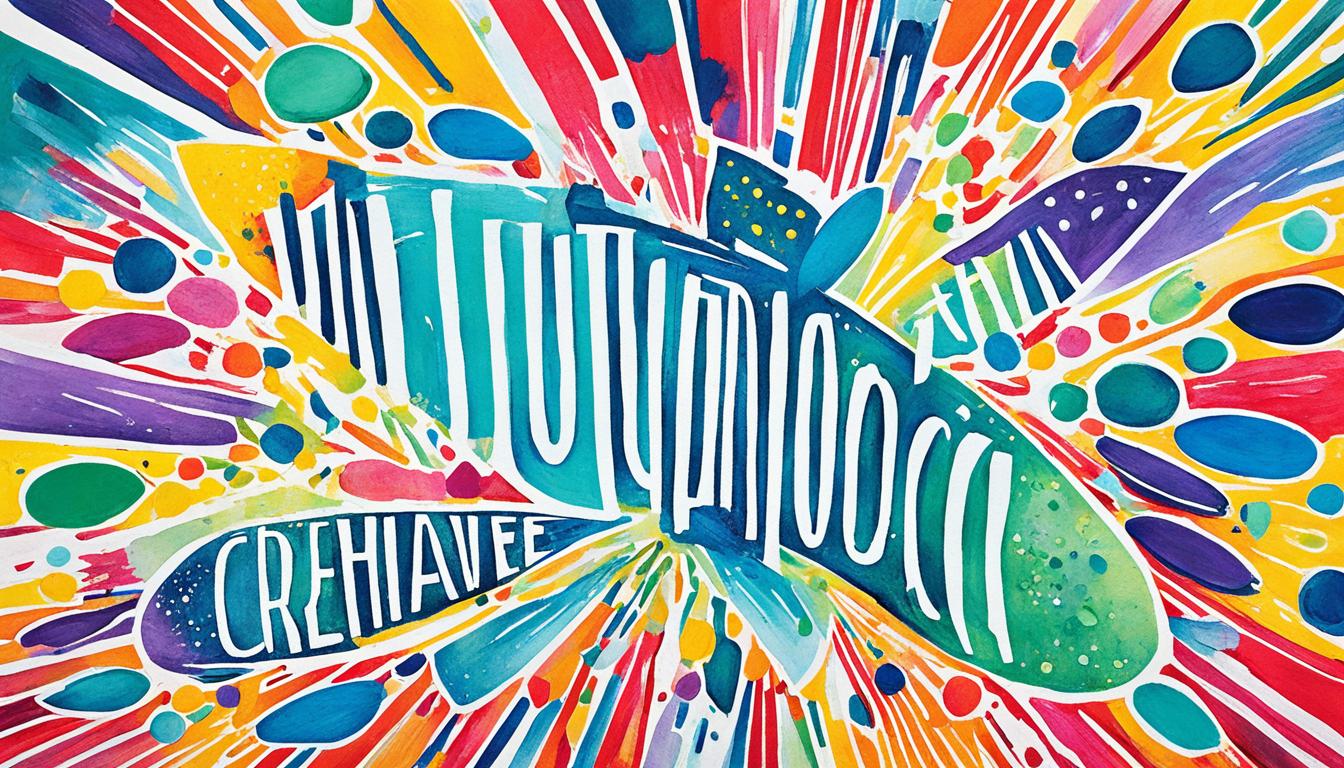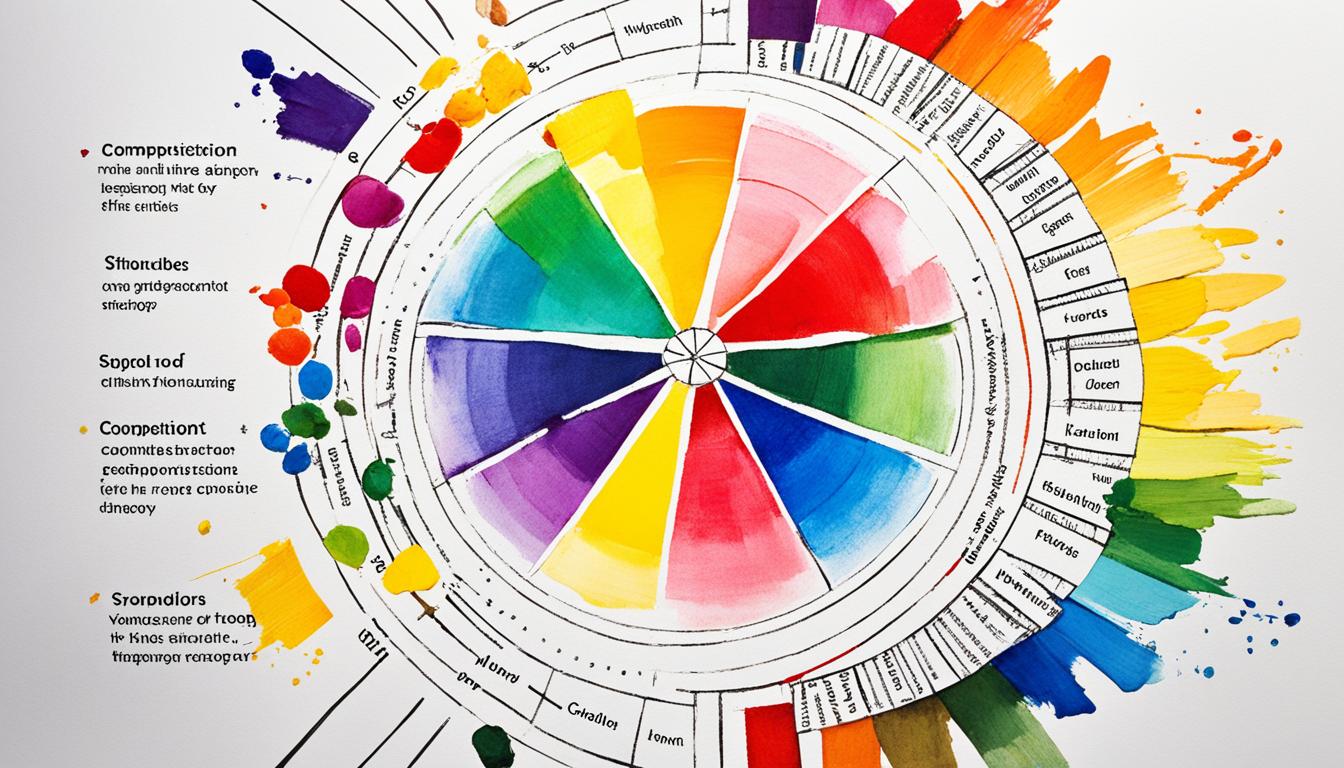Think back to a moment when art struck a chord within you—perhaps it was a vibrant painting that seemed to pulse with energy, or a sculpture that captured emotion in a way words couldn’t express. These experiences connect deeply to a fundamental question: what is art theory and practice? Understanding the definitions and importance of art theory can reshape not just the way you view art, but how you engage with creativity itself. As we navigate through the rich tapestry of artistic expression, you’ll discover how theories inform practices and vice versa, whether you’re an aspiring artist or simply someone who appreciates the beauty around them. Each brushstroke, each snapshot, and each chiseled form provides endless avenues for exploration.
The significance of grasping art’s underlying theories cannot be overstated. It’s not just about learning techniques or mastering a craft; it’s about fostering a deeper appreciation for the myriad ways art can encapsulate human experience, values, and perceptions. By blending both theoretical understanding and practice, you will empower yourself to create and interpret art more meaningfully.
Key Takeaways
- Art theory and practice explore the dynamic relationship between creation and understanding.
- Understanding art theory enhances personal engagement with visual media.
- The importance of art theory lies in fostering critical thinking about artistic expressions.
- Courses in drawing, painting, sculpture, and photography are accessible to all skill levels.
- Engaging with art theory promotes a richer appreciation of contemporary practices.
Understanding Art Theory
Art theory provides a structured way to explore the intent and impact of artistic endeavors. This framework goes deeper than surface aesthetics, diving into historical context, cultural significance, and philosophical questions surrounding art. Engaging with what is art theory opens up a world of insights that help you analyze the meaning behind artworks.
There are various art theory concepts worth noting, each contributing to a richer understanding of visual culture. For instance, theories of aesthetic response focus on art’s ability to create aesthetic experiences. This approach emphasizes subjective intuition. In contrast, the formalist theory of art concentrates on elements such as color, shape, line, rhythm, and harmony, prioritizing these formal properties over the content of the artwork.
The institutional theory posits that art exists only within the framework of the art world, while historical theories suggest new works must relate to existing pieces in some way. Alternatively, anti-essentialist theories argue against a static definition of art, highlighting its evolving nature.
One notable contributor to art theory is Berys Gaut, who outlines ten criteria essential for a work to be considered art, including aspects like positive aesthetic qualities, emotional expression, and intellectual challenge.

Understanding these principles promotes deeper engagement with art, enabling you to appreciate its complexity and richness. Through this exploration, you gain both critical insights and an enriched aesthetic appreciation. The study of art theory draws upon multidisciplinary approaches and serves as a vital foundation for crafting narratives around artistic practices and their social implications.
What is Art Theory and Practice
Art theory encompasses a diverse range of philosophical inquiries that focus on art’s role within society and the underlying ideas influencing creativity. Understanding the art theory definition provides clarity on how various art forms engage with cultural narratives and social dynamics. This framework is essential for both artists and audiences, allowing deeper appreciation and analysis of artistic endeavors.
Art Theory Definition
The art theory definition articulates how art is decoded through philosophical dialogues and reflections. It involves examining various viewpoints on aesthetics and the significance of various art movements throughout history. Prominent figures such as Freud, Derrida, and Benjamin have contributed significantly to the discourse, examining the complexities behind artistic expression and interpretation. These discussions play a pivotal role in shaping the academic and practical understanding of art today.
Importance of Art Theory
The importance of art theory lies in its ability to foster critical thinking and enrich artistic practice. By engaging with theoretical frameworks, artists can better contextualize their work, grasping how it relates to existing cultural narratives. The interplay between theory and practice serves as a catalyst for innovative expression, encouraging creators to challenge conventional boundaries while exploring new mediums and concepts.
Furthermore, understanding art theory empowers audiences to appreciate the layers of meaning within artworks. It allows viewers to engage more thoughtfully with the art they encounter, developing a richer dialogue between themselves and the artists’ intentions. As art continues to evolve, the relevance of art theory remains steadfast, guiding future generations in their pursuit of understanding and creating impactful art.

Exploring Art Practice Meaning
Art practice meaning encompasses the diverse methods, techniques, and conceptual approaches employed in the creation of art. Understanding this concept involves examining the distinctions between traditional vs. contemporary art practice. By diving into these differences, you can appreciate the evolution and breadth of artistic expressions.
Traditional vs. Contemporary Art Practice
Traditional art practice often uses long-established mediums such as painting, sculpture, and printmaking. Artists dedicate significant time to mastering techniques handed down through generations. In contrast, contemporary art practice embraces innovative forms, including digital art, installations, and performance art. This shift reflects the dynamic nature of cultural expression.
The importance of preparation is critical in both traditional and contemporary practices. Focused efforts, such as studying techniques and referencing established works, lead to improved outcomes. By honing your skills through dedicated art studies, you can significantly enhance your artistic ability.
Key Elements of Art Practice
- Intention: Art practice should be intentional, focusing on learning and understanding your chosen subject matter.
- Technique: Both traditional and contemporary practices incorporate various techniques tailored to the medium.
- Observation: Engaging in observation plays a key role in ensuring that your art remains grounded in reality while exploring personal interpretations.
- Study: Differentiating between casual drawing and rigorous art studies can lead to more efficient skill development.
- Integration: Combining narratives from art and writing enriches your overall learning experience.

Research indicates substantial benefits of incorporating art into education, spanning emotional well-being to improved civic engagement. Statistics show that students in arts education not only excel academically but also exhibit heightened social skills and creativity. Such findings underscore the value of appreciating both traditional and contemporary art practices, as they continue to influence personal growth and community involvement.
| Aspect | Traditional Art Practice | Contemporary Art Practice |
|---|---|---|
| Medium | Painting, Sculpture, Printmaking | Digital Art, Installations, Performance Art |
| Learning Approach | Mastering Established Techniques | Exploring Innovative Forms |
| Focus | Historical Techniques and Styles | Modern Interpretations and Concepts |
| Emphasis | Preparation and Representation | Concept and Contextuality |
By understanding the art practice meaning through a lens of both traditional vs. contemporary art practice, you can cultivate a richer appreciation for the artistic landscape. Engaging deeply with both forms empowers you to draw connections and innovate within your own art journey.
Contemporary Art Theory: An Overview
Contemporary art theory encompasses a vibrant discourse that has evolved significantly, reflecting the changing dynamics of society and artistic expression. Understanding the evolution of contemporary art theory provides you with insights into how different perspectives intersect, enriching the art conversation and engagement.
The Evolution of Contemporary Art Theory
The past several decades have witnessed a remarkable transformation in contemporary art theory. A departure from strict formalism has paved the way for a diverse and pluralistic approach. Artists today engage with their work through a lens that embraces social relations and cultural significance. This evolution of contemporary art theory illustrates broader trends including globalization and technological advancements that have reshaped artistic methodologies and evaluations.
Major Figures in Contemporary Art Theory
Integral to the landscape of contemporary art theory are several key figures. Notably, artists like Jason Rhoades have shifted focus towards process rather than outcomes, emphasizing the journey of creation as paramount. The rise of process-oriented practices indicates a deliberate move away from traditional formalist aesthetics. The spectrum of contemporary art theory is further enriched by contributors from various educational institutions. For example, the Art Theory and Practice Department at Northwestern University presents a blend of traditional and innovative approaches to address contemporary themes.

As you delve deeper into the nuances of contemporary art theory, consider how the developments in this field influence artistic practice today. Major elements include:
| Key Aspects | Details |
|---|---|
| Focus on Process | Artists prioritize the creative journey over the final product. |
| Diversity of Perspectives | Multiple viewpoints contribute to richer dialogues in art. |
| Integration of Technology | Digital media and technology are pivotal in contemporary practices. |
| Social and Cultural Context | Theories examine the socio-political environments influencing art. |
This overview of contemporary art theory highlights its impressive evolution and the major artists who shape its current discourse. As you explore further, it becomes evident that this field remains dynamic and incredibly relevant to today’s cultural landscape.
Art Theory Concepts You Should Know
Understanding art theory concepts is essential for anyone interested in the intricate world of art. By delving into various aesthetic perspectives, you can comprehend the rich tapestry of ideas that shape the appreciation and creation of art. This exploration highlights the interplay between cultural contexts and artistic expression.
Aesthetic and Cultural Perspectives
Aesthetic perspectives capture the essence of beauty and taste, profoundly influencing how you perceive and appreciate artworks. Cultural contexts enrich this experience by addressing the social implications that art carries. These two dimensions serve as cornerstones for truly grasping the dialogue between art and the surrounding world.
Visual Art as a Theoretical Discipline
Visual art represents a theoretical discipline that intertwines complex ideas and forms. From Plato’s condemnation of artists as mere imitators to modern interpretations that embrace a dynamic art landscape, the evolution of thought in this field invites you to contemplate deeper narratives. Engaging with art theory concepts reveals the intricate dance of meanings that accompany every artistic gesture, compelling you to consider not just the visual aspects but also the philosophical undercurrents at play.

| Aspect | Description |
|---|---|
| Historical Influences | Plato’s dialogues and their impact on foundational concepts in art theory. |
| Aesthetic Perspectives | The role of beauty and taste in shaping art appreciation. |
| Cultural Contexts | The social implications and context surrounding artistic works. |
| Theoretical Evolution | Continuous development of new theories in response to changing societal realities. |
| Art as Narrative | The interaction between art and human stories. |
Relationship Between Art Theory and Practice
The interplay between art theory and practice is integral to the evolution of your artistic work. Understanding how theory informs your practice enhances both the conceptual clarity and the execution of your projects. Theoretical frameworks allow you to evaluate your decisions critically, providing a solid ground for the choices you make while creating art. This relationship emphasizes that artists should engage with art theories, be it historical or contemporary, as a means to enrich their creative process and deepen their understanding of the art world.
How Theory Informs Practice
When you immerse yourself in art theory, you cultivate a heightened awareness of the sociopolitical contexts surrounding your work. Recent debates, particularly in socially engaged art, illustrate the complexities in addressing social change through art. Critics often question whether such art goes beyond symbolic gestures to contribute meaningfully to social movements. By engaging with these critiques and understanding the positions of movements like Constructivism and Surrealism, you can better navigate the relationship between art theory and practice, ultimately leading to more impactful expressions.
The Feedback Loop: Theory and Practice
The relationship between art theory and practice exists as a dynamic feedback loop, where each informs and enhances the other. For example, the historical context of theorists such as those from the Frankfurt School encourages you to consider the influences of capitalism and political resistance in your work. As you explore varying methodologies, including durational art practices, you uncover ways to create disruption while fostering consensus, illustrating that practical engagement without theoretical underpinnings can limit your creative potential. Thus, maintaining a balance between these dimensions ensures that your artistic endeavors resonate with depth and authenticity in the contemporary landscape.









